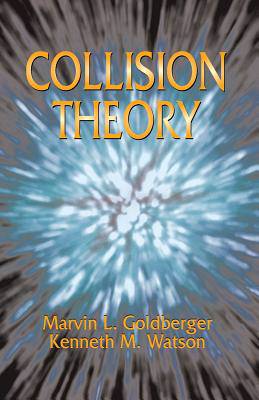
- Retrait gratuit dans votre magasin Club
- 7.000.000 titres dans notre catalogue
- Payer en toute sécurité
- Toujours un magasin près de chez vous
- Retrait gratuit dans votre magasin Club
- 7.000.000 titres dans notre catalogue
- Payer en toute sécurité
- Toujours un magasin près de chez vous
Description
The analysis of collision phenomena plays a role in nearly every investigation into the structure of matter on the microscopic scale -- in fact, most of the detailed information on particle interaction derives from scattering experiments. A systematic description of the basic principles of collision theory, this graduate-level text has been used by generations of physicists and has exercised an enormous influence on the rapid development of elementary particle physics.
Systematic and careful in its description of the fundamentals of collision theory, this self-contained treatment features numerous instructive and interesting examples. Most experts agree that the mathematical formulation of the quantum theory of scattering requires the construction of wave packets for projectiles and targets, followed by an observation of the time development. This presentation employs precisely that approach in its introduction of compact formal methods.
Topics include symmetry operations on the Schrödinger equation, a detailed description of scattering processes and formal scattering theory, the two-body problem with central forces, and scattering by noncentral forces. Further chapters cover the lifetime and decay of virtual states, assorted applications, an introduction to dispersion theory, and scattering by systems of bound particles.
Spécifications
Parties prenantes
- Auteur(s) :
- Editeur:
Contenu
- Nombre de pages :
- 919
- Langue:
- Anglais
- Collection :
Caractéristiques
- EAN:
- 9780486435077
- Date de parution :
- 10-09-04
- Format:
- Livre broché
- Format numérique:
- Trade paperback (VS)
- Dimensions :
- 143 mm x 214 mm
- Poids :
- 929 g







